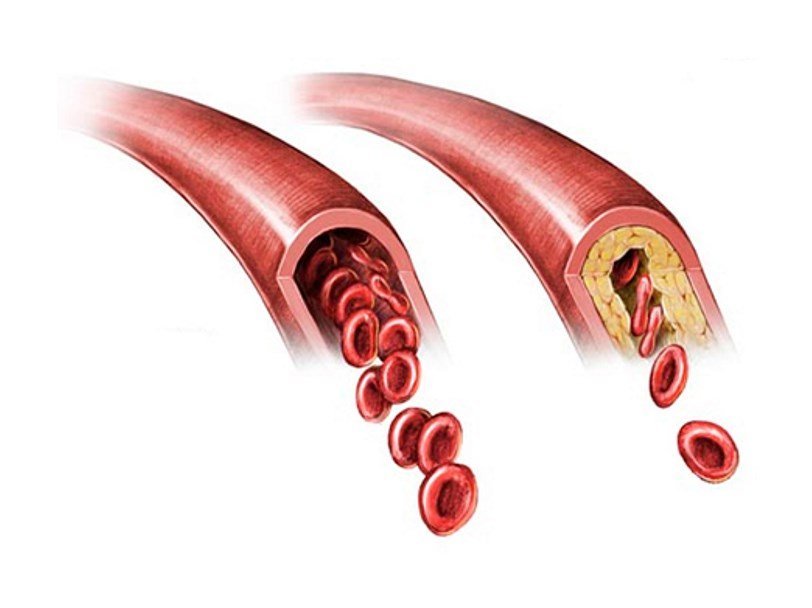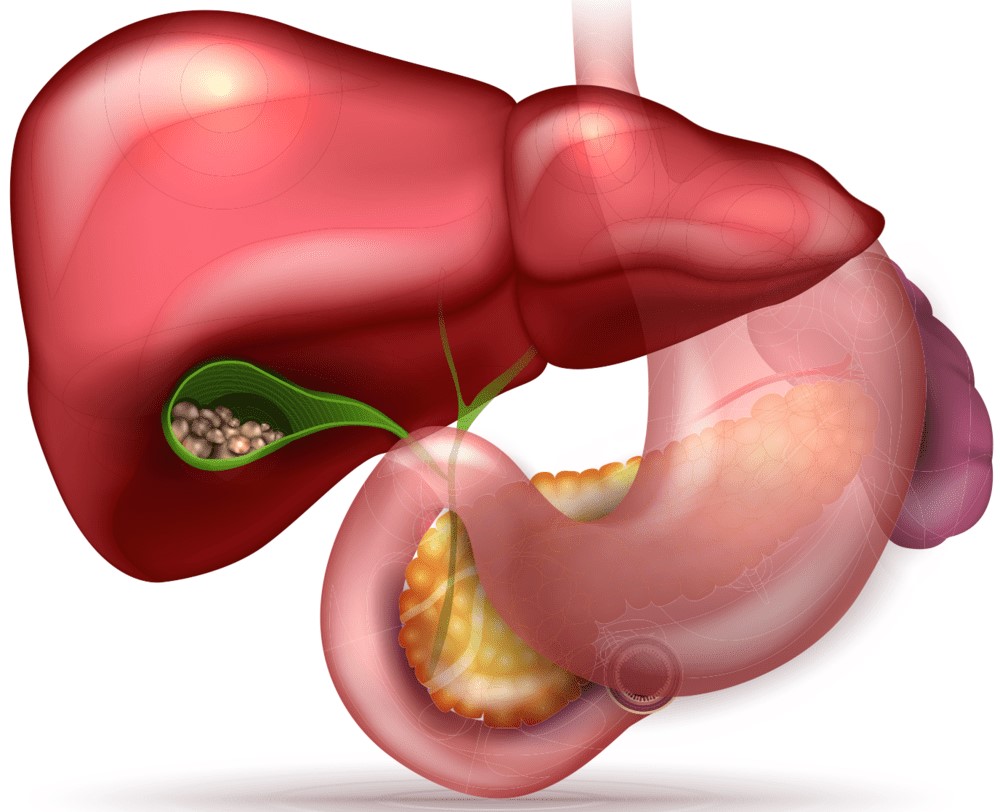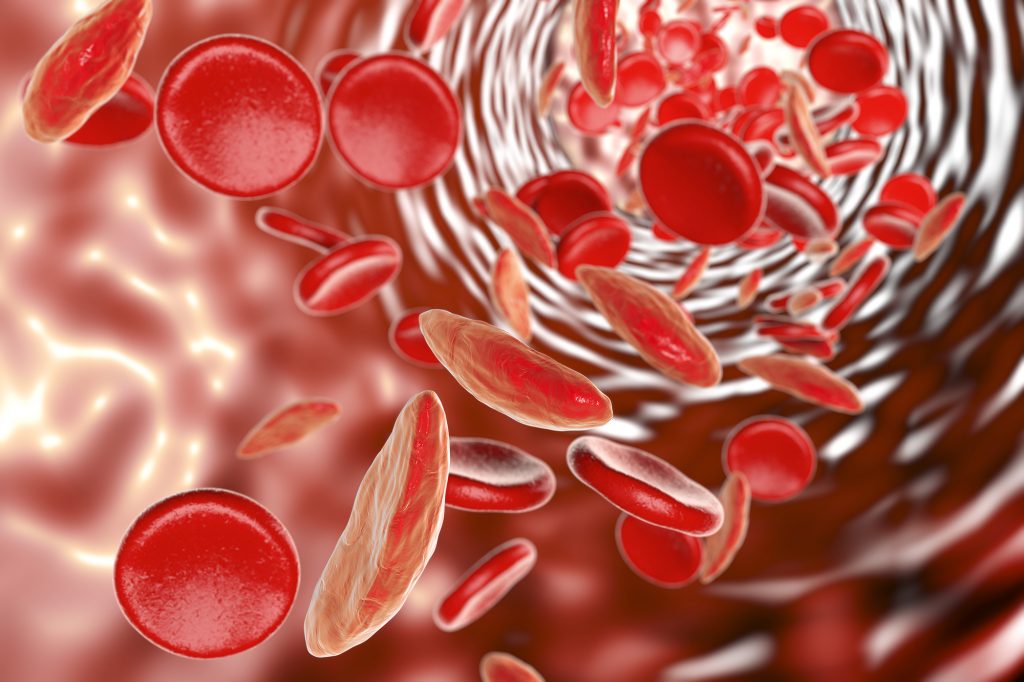Atherosclerosis is a chronic disease characterized by thickening and hardening of the artery walls. With atherosclerosis, medium and large arteries are affected. In the early stages, visible lipid deposits (“fatty streaks”) appear on the inner lining of the arteries. At the next stage, further deposition of lipids (fats and cholesterol) occurs and rounded dense formations appear – atherosclerotic plaques, protruding into the lumen of the vessel and thereby narrowing it. Finally, necrosis begins in the thickness of individual or merged plaques. The progression of this process leads to the destruction of the plaque, which is accompanied by hemorrhages in its thickness and the formation of blood clots in the areas of ulceration. Dense scars gradually form at the site of the ulceration, as a result of which the walls of the arteries lose the elasticity necessary to maintain normal blood pressure.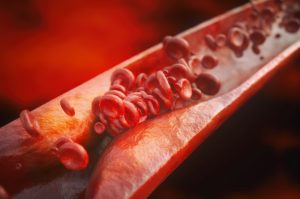
Signs and symptoms
Clinical (visible) signs of the disease appear mainly at the stage when atheromas or atherosclerotic plaques cause a narrowing of the lumen of the arteries by 50% or more. Most often, the coronary arteries and large arteries of the head, chest and abdomen, and lower extremities are affected.
Atherosclerosis is the cause of the most serious cardiovascular diseases, in particular ischemic heart disease, which is caused by the sclerosis of one or more coronary arteries. When the blood flow in these arteries does not meet the needs of the heart tissue, painful attacks occasionally occur; this condition is called angina pectoris (angina pectoris). If a complete blockage of blood flow occurs in a coronary artery narrowed by an atherosclerotic process (usually due to the formation of a blood clot in it – a thrombus), then myocardial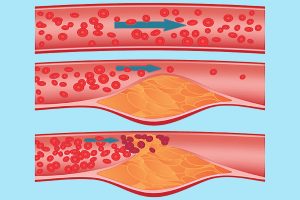 infarction develops or sudden death occurs. The most common type of stroke (cerebral infarction) is associated with atherosclerosis of the cerebral arteries or the large carotid artery (in the neck), which supplies blood to the brain. Atherosclerotic lesions of peripheral arteries, especially common in smokers and in patients with diabetes mellitus, are characterized by insufficient blood flow to the lower extremities, the occurrence of seizures during exercise and the threat of gangrene.
infarction develops or sudden death occurs. The most common type of stroke (cerebral infarction) is associated with atherosclerosis of the cerebral arteries or the large carotid artery (in the neck), which supplies blood to the brain. Atherosclerotic lesions of peripheral arteries, especially common in smokers and in patients with diabetes mellitus, are characterized by insufficient blood flow to the lower extremities, the occurrence of seizures during exercise and the threat of gangrene.
Diagnostics
The simplest way of early diagnosis of atherosclerosis (before the onset of clinical manifestations) is to identify lipid metabolism disorders (blood test for lipid spectrum)
Prophylaxis
Atherosclerosis https://en.wikipedia.org/wiki/Atherosclerosis is promoted by a sedentary lifestyle, smoking, fatty foods, and excessive weight gain. Prevention of atherosclerosis requires switching to foods that are low in fat and cholesterol, quitting smoking; need to regulate blood pressure with diet and, if necessary, medications; exercise and maintaining a healthy weight are also important. When the clinical signs of atherosclerosis have already appeared, it is possible to slow down its progression, and in some cases, to reverse the development of atherosclerotic changes.
